Hardwood over radiant in a vacation home
Hello folks,
I am having a house built in the Adirondacks in New York State. I have a Great Room/Dining room which will be hardwood floors and am planning on having radiant heat underneat them (not enough wall area for baseboard and I don’t like forced air).
I started looking into this and understand that an engineered floor would be better than solid wood. I also read in the literature from Mirage that you have to minimize temperature swings and keep the humidity controlled.
Here is my problem: This will be a vacation home. I plan on dropping the temperature when I’m not there to save costs. I also don’t plan on running a humidifier to regulate humidity when I’m not there.
Is this a disaster waiting to happen or is the literature being overly conservative?
Are there any woods that are better or worse for this application (or does it not matter if they are engineered). I like beech but I saw some reference to that not being good over radiant.
Any help would be much appreciated.
Bill Smith
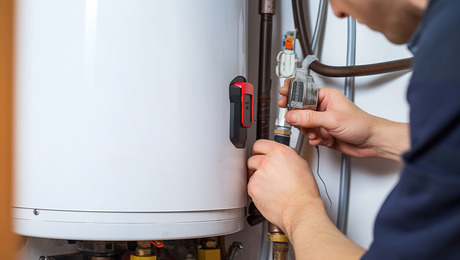
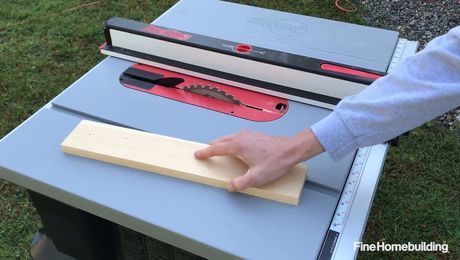
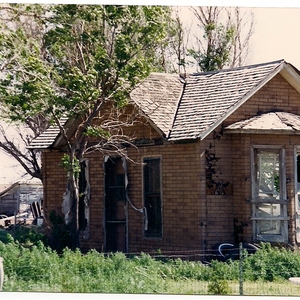








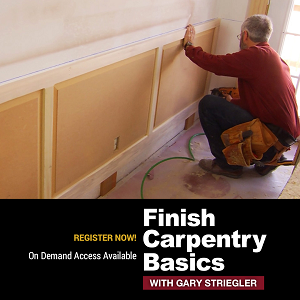
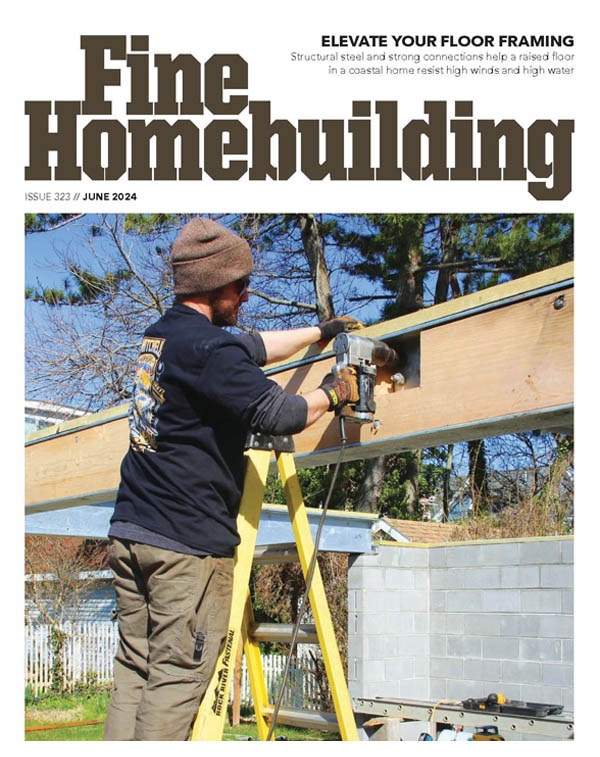

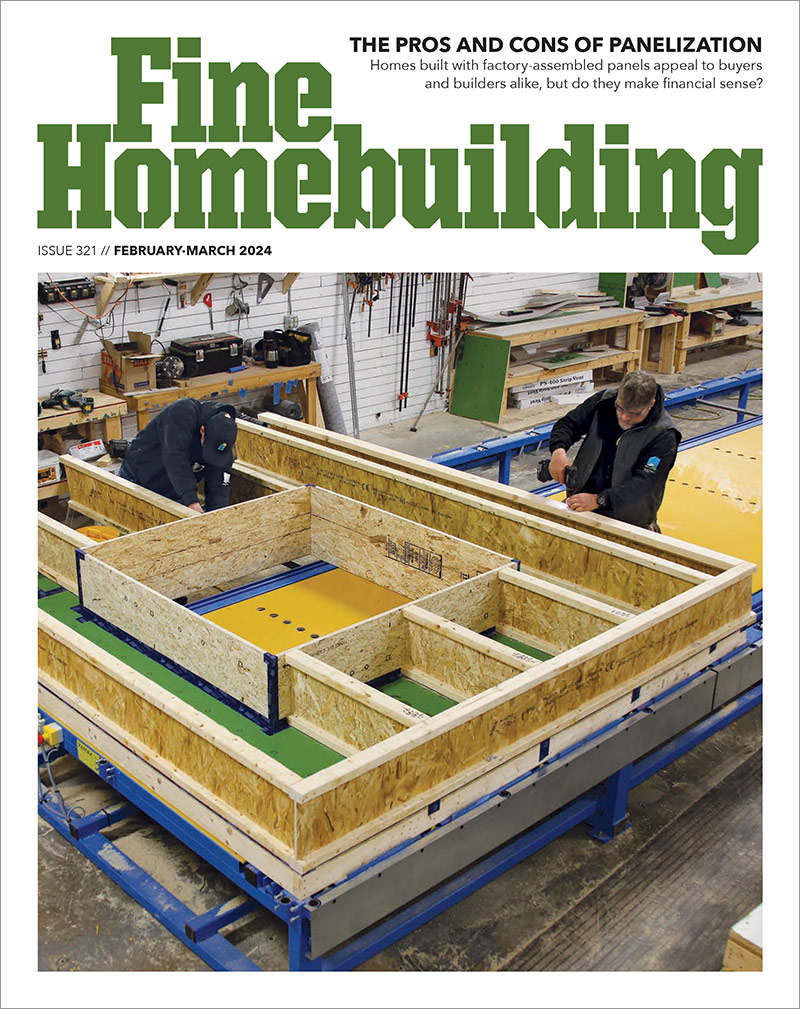
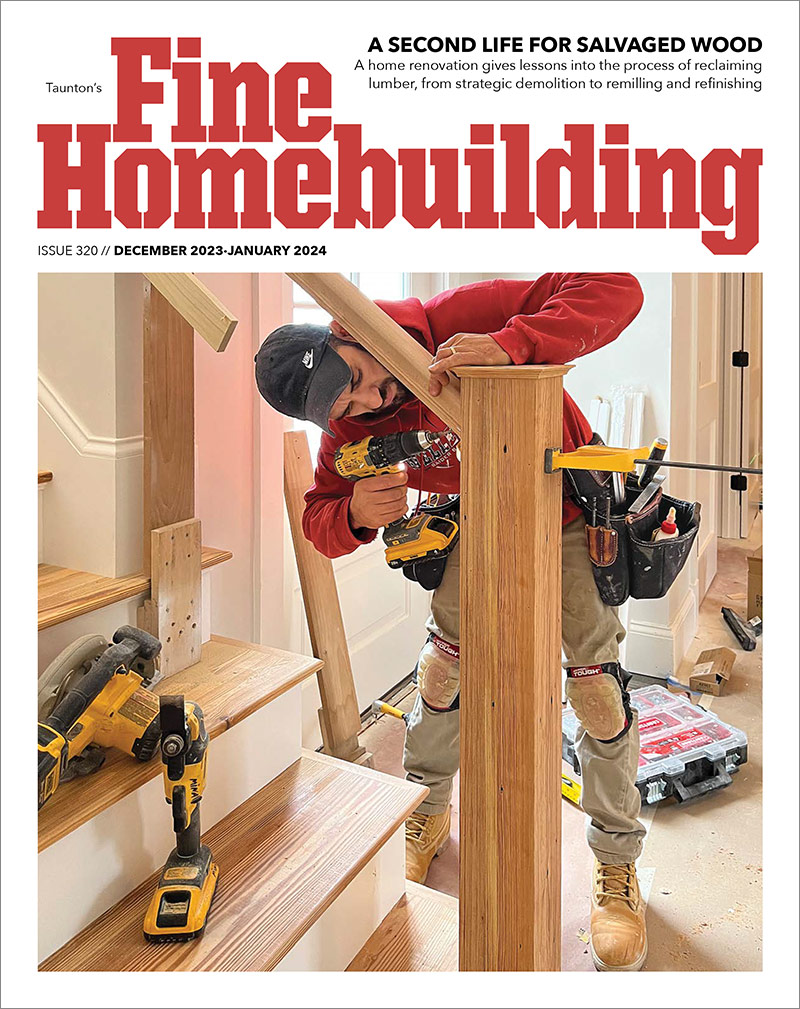
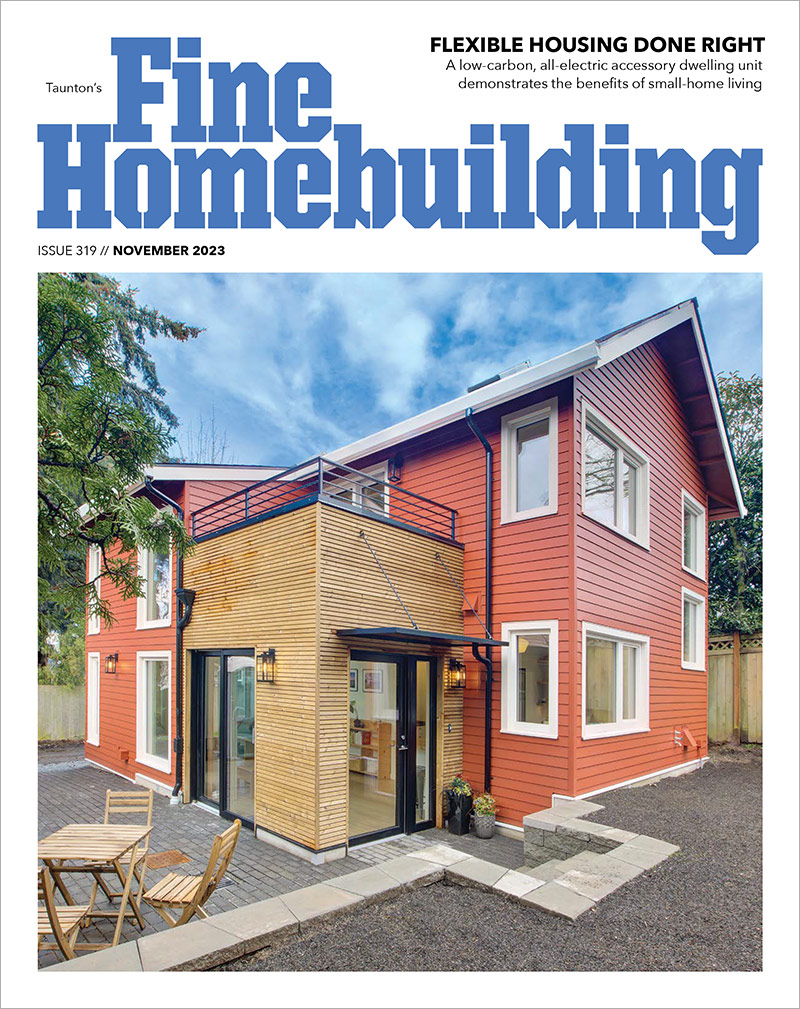

Replies
I am facing the same issue right now although I my radiant is mounted on top of the subfloor. I'm building in NH. Any particular reason you are going underfloor for the radiant. With it being new construction you should be able to adjust for a somewhat thicker subfloor and get a better performing system (lower water temps). I used Northeast Radiant Technology for the design of my system and have been very happy with their service and products so far.
Tom
Douglasville, GA
Actually the specifics of what type of radiant will be installed have not been worked out yet. I know there are staple up types as well as ones built into the subfloor. Cost of the system will be a factor but my builder has not yet come back to me with a recommendation. I just went to a floor showroom to look at wood types and was thrown this curveball of special considerations for wood over radiant.
I have beech engineered and it looks good but is soft and dents easily.
Bill - just a thought on vacation homes - since radiant can take some time to heat up, you may wish to have a way to turn the heat up before you get there for the weekend to avoid a few cold hours early on.
Since your home will need to be above freezing in the winters (I'm assuming, unless you drain everything) you should be fine through the winter - how humid do summers get in the Adirondacks? - I know last June was hot up there, but humidity didn't seem to bother us.
Hydronic floor heat doesn't need the high temperature water the old radiators used, so your floors are not in for the shock you might think if you design for it. My vote is the flooring mfrs are being conservative - if you stay away from the wider planks you should be alright. Then again if you don't mind the engineered floors, you could play it safe.
Brian,
Thanx for the comments. I do plan on looking into some kind of a dial-up heat control.
Are you implying that due to the low temp of the water in the hydronic system, I won't actually be dropping the water temp that much? I was planning on not keeping the house above, say 50 degrees when I'm not there. The other rooms in the house will have hot water baseboard. Sounds like you are saying that I might drop the temp of that part of the system quite a bit but not really vary the radiant that much when I'm gone?
Typically it doesn't get that humid up there in the summer. But what about TOO LOW humidity in the winter?
My farmhouse with steam has way low humidity in the winter. The wide pine (face nailed, hand cut nails, cira 1870) go nuts with big cracks between the boards. The 2 1/4 oak (tongue and groove, stapled and nailed) do fantastic.
I think your floors would be fine if they aren't wide and fastened properly to the subfloor. At least I think humidity won't affect them---haven't in my house and it's been around a long time. (That said, my house is probably no where as tight as yours will be.)
I wonder if glueing an engineered floor might be better? Thought, though no practical experience.
Thanx for the input. Looks like I will definitely stay away from wide planking!
My research (not an expert) on radiant seems to indicate that people are using 120 to 140 degree water in radiant tubing, much lower than the typical baseboard or radiator water temps.
I believe most of the flooring issues with radiant are related to higher water temps, and this has been largely solved. Your heating guy should have a solution. I would investigate doing the entire house in radiant for simplicity and comfort.
The last house I owned with radiant heat didn't have nearly the low humidity issues a forced air house has, so I think your solving your own problems there.
One other thought is how much will you be using the place in winter? Electric heat can be pretty cheap to install and if you are only doing sporadic weekends... Plus there are no tubes to burst if something goes wrong and you aren't there. Just my .02
Treat every person you meet like you will know them the rest of your life - you just might!
Great input!
Good point on the "how often" question. I'd like to think that I will be up there every weekend :-)
But seriously, even if I go up there in the DEAD of winter once or twice a month, I think there are a number of heating months that bracket that time and I think I will be up there more often.
But more importantly, I want to future proof. This is going to be a home that me (or someone else) might live in someday. It's being built with that in mind.
Bill
Where in the Adk? I am in Lake Placid.
Everyone here operating a seasonal home employs a caretaker to watch over things in the off seasons. The homes with HW radiant under wood get dialed up slowly, so as not to "shock" the wood. Your caretaker can do this for you.
Owning a seasonal home in a climate where winter temps can go to 49 below, just cries out for local care. You can't do a walkthrough to check for leaks or blown breakers using a webcam.
(BTW, I am not a caretaker, nor do I want to be.)
Engineered wood floors are better than solid wood in this application, and the narrower the strip, the better. Resist the urge to get anything wider than 2-1/4", particlularly if going with solid wood.
In solid wood, species and grain orientation should be looked into. White oak is good, maple is bad, and as for grain, quartersawn is best.
Ideally, if doing a solid wood floor, it should be floated and glued using the Sika Acoubond method. Engineered product may be fastened conventionally.
Timing and sequence count a lot. The best time to lay a wood floor is in winter conditions, with the house heated, and the wood having been brought inside, distributed, stickered, and left to acclimate for 10 to 14 days before installation.
The infloor heat should be on at a very low water temp during this time, and brought up very slowly after installation.
House will be near Lake George.
I hope to be constructing this spring/summer so a winter install is not an option.
Thanx for the advice on the width. I do like the 3 1/4 plank but it sounds like I would be exacerbating my problem and should tend toward the narrower.
There will be an interface between the dining room (wood) and the kitchen (tile) so I would be concerned about a floating floor. Then again maybe I'm kidding myself if I think that will keep a tight seam anyhow.
Beech was my first choice (looks-wise) and ash my second. Sounds like beech rates poorly on the expand/contract issue as well as dentability. So I may be falling back to ash.
Bill
Read this, it is what is being used on the big work here. http://www.flooringguide.com/how-to/hardwood/hi005.php3
Our most recent installation was 3" clear red birch over staple-up, using aluminum plate diffusers the PEX lines snap into. Propane-fired, the boiler is a Weil-McLain Ultra with a 98 percent rating.
On the last one we did, we used an Argo electric boiler, all the tubing was buried in concrete, under an arrangement of 3/4 CDX glued down with Bostick moisture curing PU adhesive, then 2-1/4" quartersawn white oak was laid.
Both went down in late fall or early winter, after the heating season had begun and after the permanent heat had been heating the house for weeks.
I also built a vacation house myself in Great Valley NY (SW part of the state). I installed 3/4 Hickoryfloors but I went with forced air with a high efficency furnace. Also a digital thermostat. I did not want to leave on the water pump on while I was not there because our temps have gotten down to -27*. One thing to think about is I pitched all my water lines(copper) down slope like you would a sewer. I have a valve at the well head and when I leave for the weekend I open it up and drain the water system in a matter of 30 seconds. Works GREAT!.I keep the thermostat set at 52-54 while I am not there and raise it when I arrive. but I aslo start my wood stove and the furnace does not come on again for the whole weekend. We insullated the hell out of everything and I fill my propane tank once a year and last September it cost me $385.00 to top it off. Will be moving out there full time this summer! Can't wait! Just love the country peace and quiet and the people. Best of luck Bob
2
Most of the vacation homes we've worked on in CO and WY had a caretaker, but we have come up with some ideas that work if someone is there to look after things or if you simply do it via often visits.
The main danger I can see is a power outage that renders you heating system inoperative. This doesn't mean that I'm against hydronic heat--just the oppposite, but I would lose sleep over it during very cold snaps.
Depending on the layout of your home, keeping the temps above freezing with no functional heating system may simply be a matter of good insulation, especially if you benefit from good solar gain through south-facing windows. A few grand in extra insulation and a tightly sealed shell can keep a vacant house surprisingly warm. One very well insulated home we worked on would stay at 50 degrees during a month of 20 below weather, but it was exceptionally insulated and had a few extra windows for additional passive solar heat.
A second challenge is getting the temps up quickly for weekend visits. Concrete or even lightweight concrete slabs can take quite a while to heat up. The underfloor systems are also a bit slower to heat. You are probably a perfect candidate for the otherwise overpriced Warmboard. It goes on in place of the subfloor and the tubes ride on top of an aluminum skin. It heats up fast and is a good product other than being a bit spendy. If Warmboard does end up going in your new place, make sure the installer is following the installation manual since there are a few quirks that aren't imediately obvious.
Best of luck
I assume that I would have antifreeze in the heating system.
I do want to plan my fresh water system to drain though.
I am also planning on having a dial-up heating control so I can push the thermostat up before I'm on the road.
Also, I have a relative in the area that I might hire as a caretaker.
Bill
I assume that I would have antifreeze in the heating system.
That depends on how cold your house would get if the power went out. Antifreeze is something I've never seen in a radiant heating setup. Perhaps it's more common in other parts of the country.
I have heard of guys designing their heating and water systems so they drain easily and the plug was simply pulled when the house was left for any significant period of time. If I remember right, the valves to empty the system were all in a central location and a drain was installed specifically to simplify the process. Very slick.
We recently completed our retirement home in the Traverse City, Michigan area. We have in-floor radiant heat---PEX tubing in 1 1/2" of "cement". After much research we settled on a Munchkin boiler and have a Boilermate for domestic hot water. The water in our tubing has anti-freeze, which required an extra valve. Our flooring is a combination of porcelain tile, carpeting and maple engeneered flooring. We are pleased with all applications. We will retire in June but the house was completed last summer. We have been there every weekend but four since then. We keep the thermostats at 55 when we are not there and a neighbor turns them up around 12 noon each Friday. It takes about 4 hours to get the house up to 72 from 55. We have 5 zones---I'm not sure how zones would work with a long distance system. We used to have a remote when we had forced air--but that was one zone.
Bill,
I recently did a sunroom with radiant.
You should indeed have antifreeze ....esp for a vacation house. Failure is not an option. (My plumber was late in adding it, and sure enough, we had a power failure and they never happen at the warm parts of winter! It was frozen for a week or two)
Second, even engineered flooring will move. I recommned using it, but following the recommendations of the manufacturers. Use indivual planks rather than the three strips to a plank type, and don't go overly wide. The floor I did was 3.5 wide, and they do open a hair or so. It's noticible as the top surface is darker than the tounge, so it shows as light lines. Fine in the summer though.
Finally, pay attention to the control system. You said you were using baseboard in other parts, which is good, but your radiant will need special control to stay "ahead" of temperature swings out side, and having a remote turn on is vital. Warmfloors will help that, concrete would make the quick warm up slower.Jake Gulick
[email protected]
CarriageHouse Design
Black Rock, CT
Hey BS, Check out this site. I had the same Question come up with a
client. And someone from American Made Floors did some research,and came
up with this site, just to get started.
http://www.woodfloorsonline.com/techtalk/woodwater7.html
Good Luck on your project,
Greg